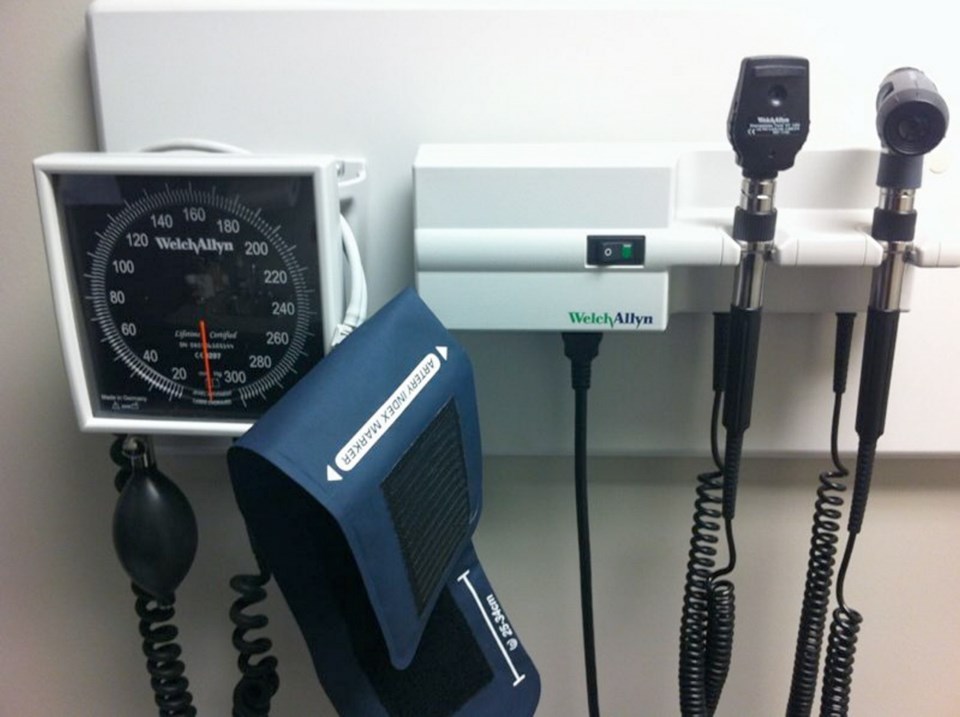The agency that controls the price of new drugs in Canada is encountering fierce opposition. Some of this was to be expected. The Patented Medicine Prices Review Board (PMPRB) has proposed lowering the amount manufacturers are allowed to charge. Understandably, that attracted criticism from industry, specifically pharmaceutical companies and distributors.
Half of the responses to the new policy came from this group, and almost all were opposed. But nearly as much feedback was submitted by consumer and advocacy organizations, and a lot of this too was critical — on the face of it, an unlikely meeting of minds. More of this in a moment.
But first, some background. Between 2006 and 2017, the number of medicines in Canada with an annual cost per patient of $10,000 or more tripled. Today less than one per cent of Canadians account for 42 per cent of prescription drug costs.
To deal with this emerging problem, the PMPRB wants to make two key changes. First, the price pharmaceutical firms can charge will, in most cases, be lowered.
Previously the limit was set at the average amount paid by a select group of countries which tended to be at the top end of the price scale. This resulted in Canada paying more for drugs than nearly any other nation.
Now prices will be based on an average of countries where consumers are charged lower amounts.
The second change is more controversial. Once the COVID-19 outbreak is over, a quality of life index will be introduced for rare and expensive drugs.
That means there will have to be evidence that a given medication improves the patient’s quality of life by a defined amount. Quality of life is assessed across a range of measurements, such as increased mobility, a more independent lifestyle, ability to return to work sooner, and so on.
Moreover it is also proposed that a dollar value be attached to these improvements. The benefit gained must meet or exceed a specified threshold.
It’s true that courts and insurance companies frequently use this method. If you break a leg in a car crash, our courts have established how much that injury is worth in financial terms. There are also internationally recognized guidelines to fall back on.
Nevertheless it is also understandable that someone with cystic fibrosis, for example, would take exception to the idea that a monetary value can be placed on an improvement in breathing.
But the broader concern among consumer groups is that these changes will lessen access to potentially life-saving drugs, as pharmaceutical companies price their drugs above the PMPRB limit.
Here is how Muscular Dystrophy Canada responded: “Significant decreases in price will result in delays in manufacturers launching their product in Canada and this will have a negative impact on the overall length of time that it takes for Canadians to have access to new medicines in Canada, if at all. We are seriously concerned that Canadians with neuromuscular disorders will, in fact, see a decline in innovative medicines access.”
This is not an unreasonable fear. One pharmaceutical company has already said that if the new price regime stands, it will not seek a licence for its product in Canada.
However, there is another side to this. Realistically, some limit must be set on how much, as a country, we can afford for expensive medications.
In addition, while most of the financial burden falls on provincial drug plans, one in five Canadians have no coverage, either public or private.
Some families cannot afford high priced drugs, provincial plans frequently will not cover them, and private insurers often have lifetime caps easily exceeded by some of the more expensive medications.
One of the puzzles in the PMPRB review process is that only a single province — Saskatchewan — filed a response, and that was merely pro forma. Notably also, not a word from Ottawa.
Surely it’s up to providers of public plans to take a stance. The impression is gained that our political leaders have thrown the PMPRB to the wolves.
Here then is a proposal. Let’s return to the firm that threatened to withhold its product from Canada if the new price regime is established.
This is barely concealed blackmail. And there is an answer, if our governments, provincial and federal, are up to it.
Currently if a medication is not licensed in Canada but is available in some other country, often at a lower price, physicians here can write a prescription and have it filled abroad. The process is convoluted and clunky.
But if we are serious about getting a better deal on drug prices, formalize this procedure. Set up an office through which physicians can route their prescriptions, and have them filled through partner agencies in countries where the drug is available.
It is entirely possible that even the threat of this move, if well enough organized, would discourage firms from boycotting us. Their ability to manipulate prices would be undermined.
As is clear, there are no easy choices here. Whatever steps are chosen will be controversial.
But the alternative is the slow erosion of our drug plans. That cannot be allowed to happen.



